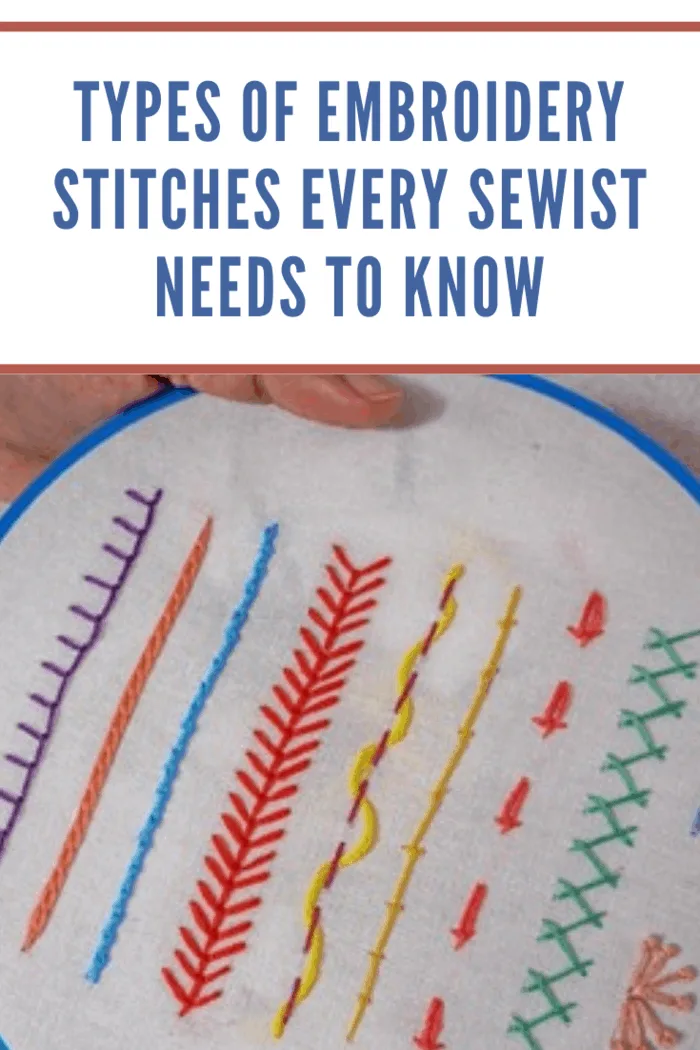★★★★☆4.7 from 89 votes
How to Do a Stem Stitch by Hand

The stem stitch is perfect for embroidering smooth curves, vines, and flower stems. It’s a beginner-friendly stitch that adds texture and grace to your embroidery outlines.
It pairs beautifully with the running stitch and is one of the foundational techniques featured in our guide on types of embroidery stitches every sewist should know.
Why Use the Stem Stitch?
- Ideal for outlining floral designs
- Perfect for curves and smooth lines
- Easy for beginners to learn and master
What You’ll Need
- Embroidery hoop
- Embroidery needle
- Embroidery floss (any color)
- Fabric (cotton, linen, or muslin)
- Scissors
Step-by-Step Instructions
- Prepare your fabric: Cut your fabric and place it in the embroidery hoop to keep it taut.
- Thread your needle: Use 1 or 2 strands of floss depending on desired thickness. Tie a knot at the end.
- Make your first stitch: Bring the needle up through the fabric at the starting point. Insert it slightly forward, then bring it up again halfway back between the two points.
- Continue stitching: Repeat the motion—forward one stitch, back up halfway through the last stitch—to create a continuous twisted line.
- Finish your stitch: Tie a small knot on the back of the fabric and trim any excess thread.
Pro Tips
- Keep your needle always on the same side of the thread for consistent texture.
- Use shorter stitches around curves for a smoother look.
- Pair with running stitch for visual contrast.
Project Ideas Using the Stem Stitch
- Floral embroidery outlines
- Lettering in cursive or script fonts
- Border designs
- Delicate botanical embroidery
Final Thoughts
The stem stitch is both elegant and practical. With a little practice, you’ll be able to curve and contour your embroidery designs with ease.
Want to keep stitching? Try the running stitch next, or try the Backstitch, or explore all types of embroidery stitches here.
